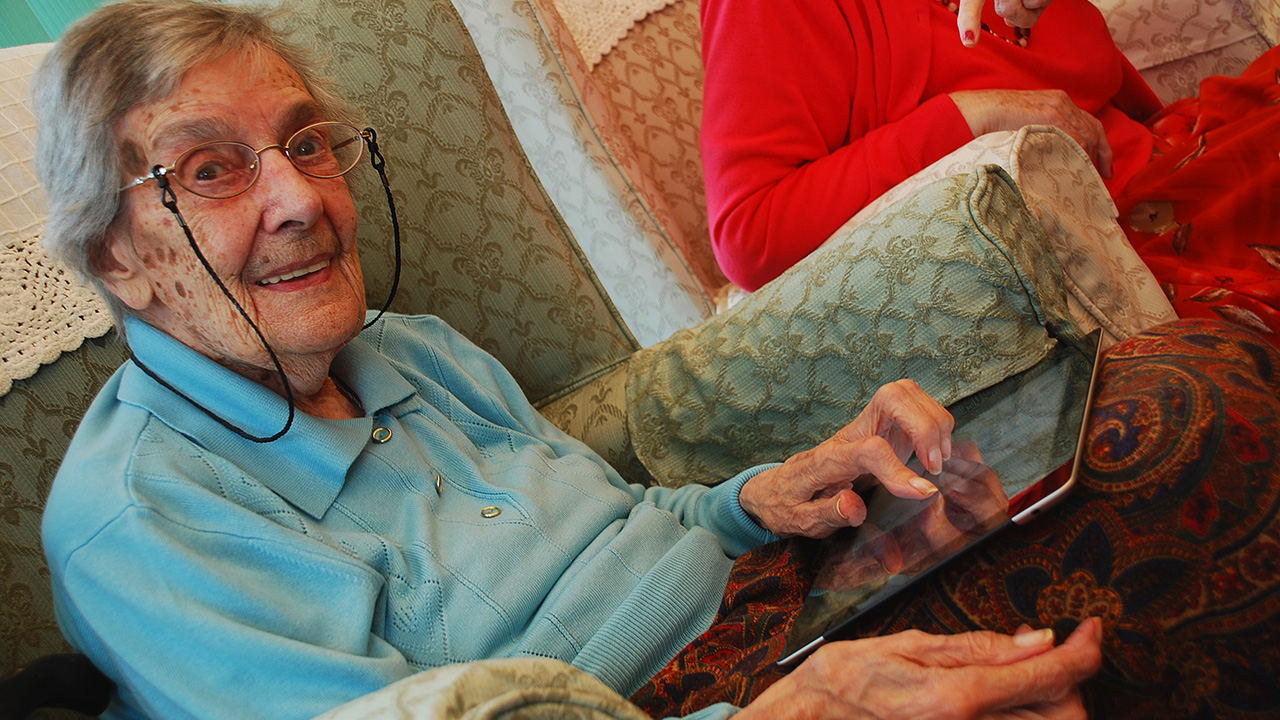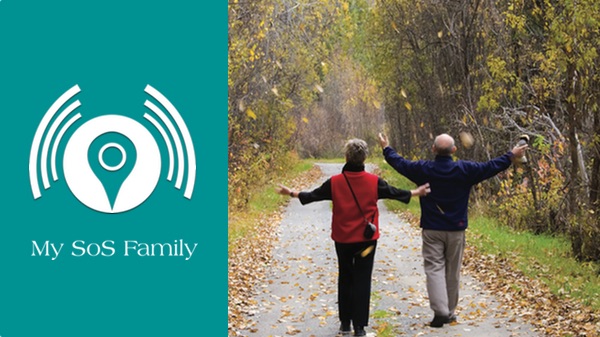Resources for care homes on a budget
Activities in care homes are extremely beneficial and have been proved to be good for well-being and health. Good activities including residents, relatives and staff, help to ensure the community is a happy one. Happy care homes emanate a warm feeling which builds a good reputation.
Resourcing the many activities that good care homes offer can be expensive. Particularly costly are those currently being marketed for reminiscence activities. Although looking good on display, they are better suited for show rather than usage. Care home residents often love to handle, explore and even wear a wide variety of items. Unfortunately, many of these deluxe resources can get easily damaged. People with dementia sometimes tend to hoard, so things get easily lost. Often budgets do not allow for replacements.
However, you can resource many items quite cheaply and for prices that will not break a stringent budget. An item does not have to be expensive to get an interested response. Resources should be sturdy rather than precious, interesting rather than bland, old rather than antique.
Here are some ideas to get a resource cupboard started on a budget:
- Rummage through car boot sales for interesting items to go with activity themes. They are useful for vintage items such as kitchen utensils, tins, fabrics and books. An old book containing film stars of the fifties can be a great stimulus to discussion and reminiscence. Perfumes of yesteryear can be found to stimulate senses and memories. Local photographs can be made into displays. Arty Crafty items can be sourced at a fraction of their cost in the shops.
- Search charity shops which are another treasure trove of great resources from games to glad rags, clothes and cushions. A fifties and sixties room can be made up from charity shop finds and often relatives and staff can add to a display if asked. This can lead to more interest in the activity and the home as everyone is involved.
- Making your own resources is always appreciated. A zebra crossing, snakes from tights, card lanterns and paper planes have all been used with great success. Residents love to hear how things have been made just for them and those that are able can join in and add to the ideas bank.
- Relatives with a variety of skills may like to be asked to help. A painter, a carpenter, a gardener have skill sets that can be put to good use in an activity session along with old tools they may have. Relatives are also a good resource for talks; some may agree to come in to talk about their job, their travels or perhaps a particular talent. This also goes for members of staff.
- Take your own photographs of the area and laminate them so they can be handled easily. These can spark discussion and memories. A simple photograph of a post box stimulated discussion about Kings and Queens, clocks and time zones as well as colours!
- Don’t forget the local library. These can supply magazines, talking books and CDs. Many public libraries have a resource centre or can put you in touch with one to help you find reminiscence material.
Remember it is not the money that is spent on props or entertainers; it is the engagement that they bring that really counts. The resources should be there to enhance the activity, so that they can be used and handled freely. Good useful resources help the elderly engage and interact with one another. They stimulate questioning, provoke thought and spark interest. The activities should not be childish but should bring the inner child out in everyone.
It is not how much you spend on resources; it is really what you do with them that counts.
Bonnie Day provides professional staff training and wonderful and exciting activity sessions for older people to enjoy in care homes. The facilitators of Bonnie Day are Marilyn and Gill; they have had over 50 years’ educational experience in successful careers. They developed ‘The Bonnie Day Way’ after extensive experience working in UK care homes together and noting, responses to their innovative activities. www.bonnie-day.co.uk











